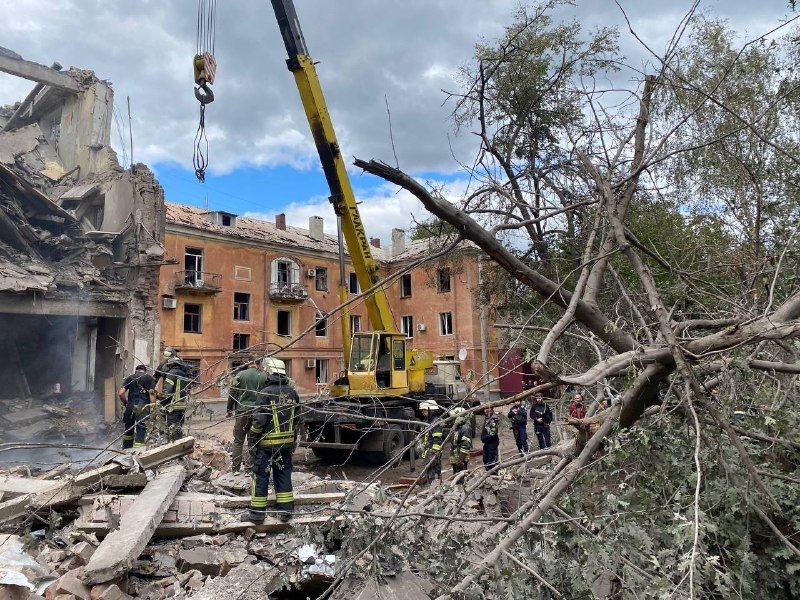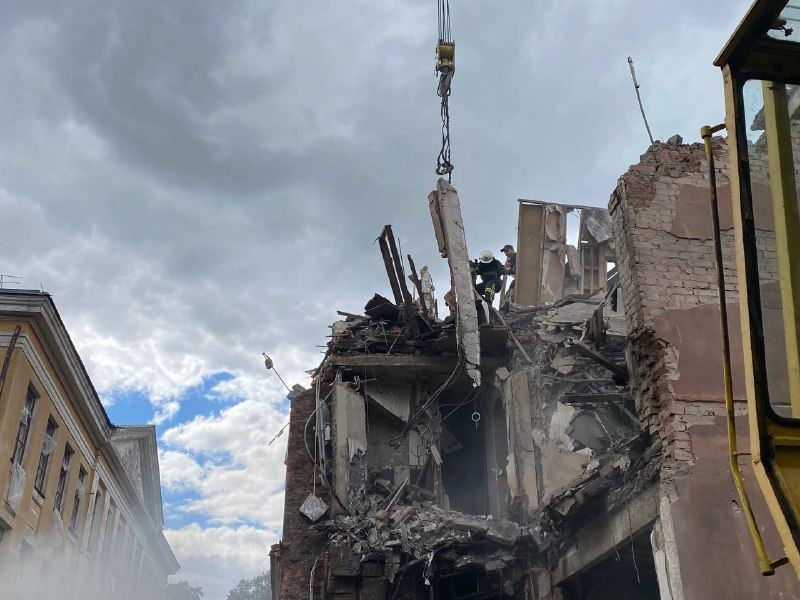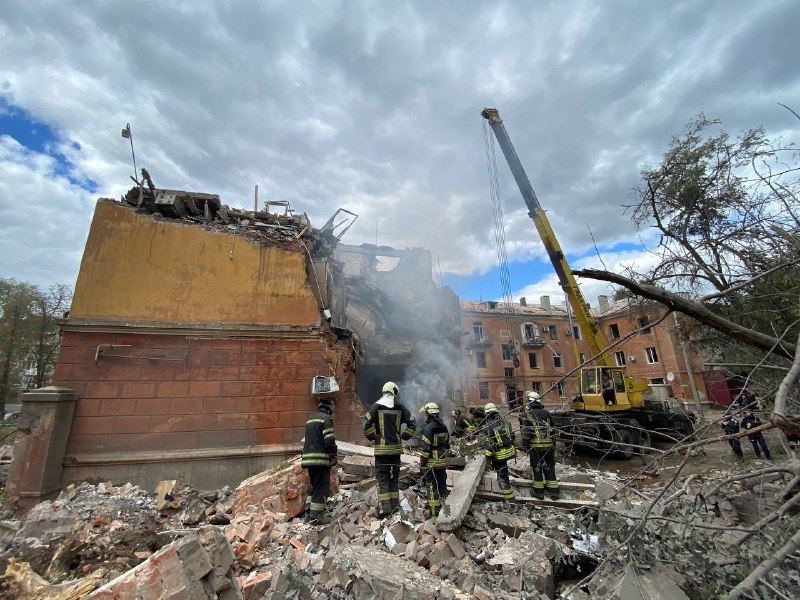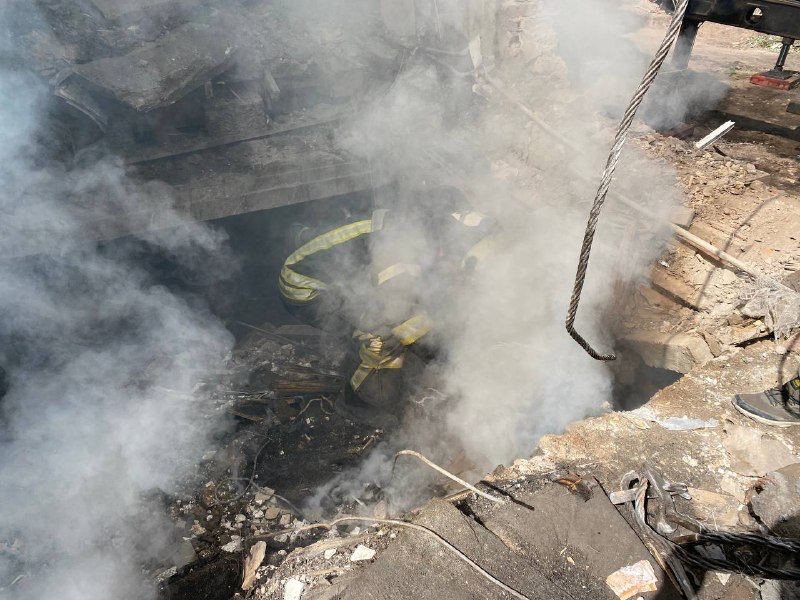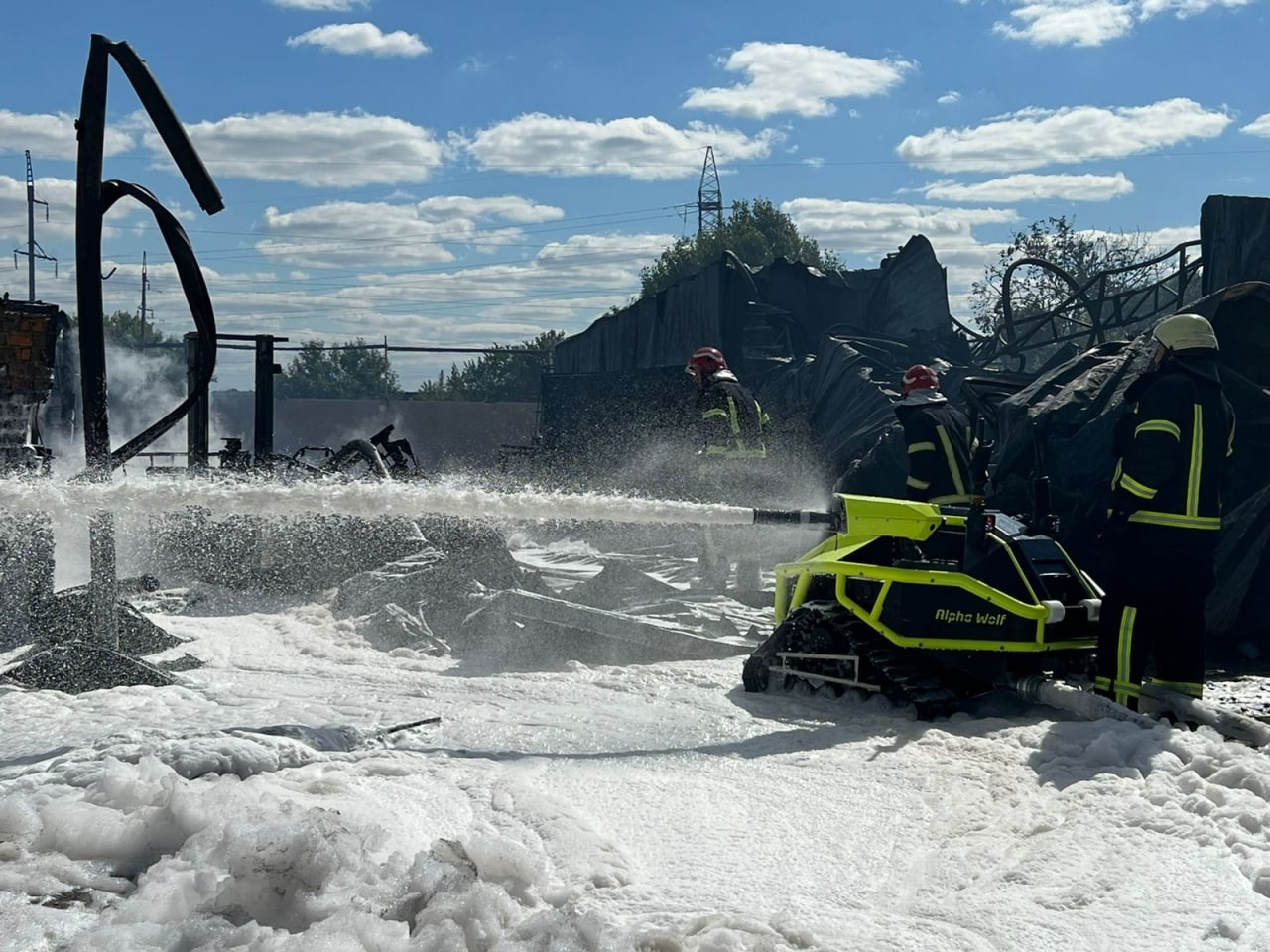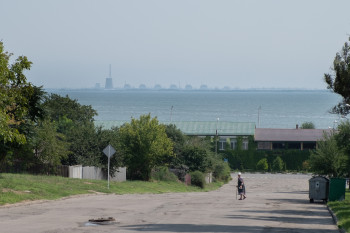Ukraine war latest: Ukraine reportedly liberates Kharkiv Oblast settlements in its second recent counteroffensive effort
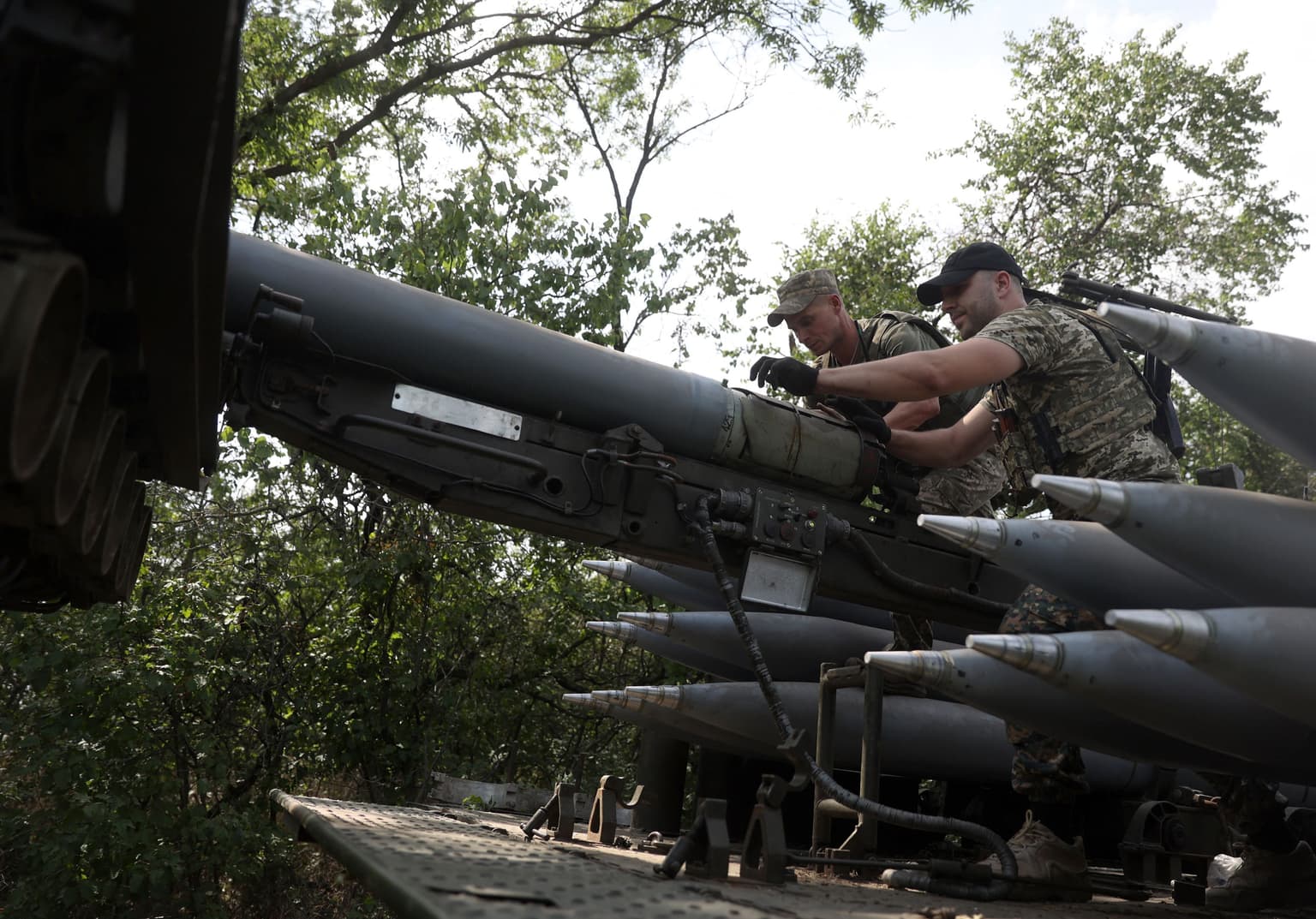
Key developments of Sept. 7:
- Unconfirmed reports that Ukraine liberates settlements near Balakliia in Kharkiv Oblast
- Southern counteroffensive continues in Kherson Oblast
- A Russian missile strike hits a psychiatric hospital in Kramatorsk
- 1 dead, 2 missing after a missile strike on Sloviansk
Ukraine’s military appears to have launched an unexpected counteroffensive in northern Kharkiv Oblast while keeping up its southern campaign centered around the city of Kherson.
In an evening address to the nation on Sept. 7, President Volodymyr Zelensky said there is “good news” awaiting Kharkiv Oblast this week. He did not disclose the names of liberated settlements.
While the military has not commented on its progress in Kharkiv Oblast, new videos emerging on social media suggest that Russian troops are suffering heavy losses in the region. Kyiv’s forces appear to be gaining momentum around the occupied city of Balakliia, possibly liberating more than a dozen of nearby settlements, according to Liveuamap, a crowd-sourced map showing developments of the war.
Located between the regional capital Kharkiv and the city of Izium, captured by Russia after a months-long siege, Moscow’s troops are likely concerned that Ukraine’s counteroffensive near Balakliia could potentially threaten their positions in Izium and Luhansk Oblast, according to the Institute for the Study of the War, a D.C.-based think tank monitoring the war in Ukraine.
It was likely good timing for Ukraine to attack in Kharkiv Oblast, since Russia has been transporting large numbers of troops and military equipment to the south amid the ongoing counteroffensive, the think tank said.
In the south, the Southern Operational Command of Ukraine’s Armed Forces reported on Sept. 7 that “steadily tense” battles continued in Kherson Oblast as Ukrainian forces continued to target strategic Russian positions as part of its week-old counteroffensive in the vital region near the Black Sea.
While Kyiv has mostly remained silent on its progress in the south, there is a report that Ukrainian forces were able to advance 12-15 kilometers deeper into mostly-occupied Kherson Oblast and have likely recently liberated two settlements in its north, the Conflict Intelligence Team (CIT), a Russian independent investigative group, reported, citing their sources.
The Kremlin continues to downplay the Ukrainian counteroffensive claiming that its war in Ukraine is going “as planned.” In a rare speech at an economic forum in Russia’s eastern Vladivostok on Sept. 7, Kremlin dictator Vladimir Putin claimed that “we have not lost anything and will not lose anything.”
At the same forum, Putin denied the EU’s accusation that Russia was using energy as a weapon, but immediately added that the key Nord Stream 1 pipeline to Germany will remain “practically shut down,” saying that it was still waiting for a turbine from Siemens Energy which it can’t receive due to sanctions.
Front line movements
While unofficial reports of Ukraine’s ongoing counteroffensive in Kherson and Kharkiv oblasts have flooded social media, official sources refrain from commenting on the latest campaign in any detail.
On the front line in Kherson Oblast, Ukraine’s air defense shot down a Russian attack K52 helicopter and destroyed two infantry fighting machines, killing 30 Russian troops, the Southern Operational Command reported on Sept. 7.
Even though the progress in the region remains vague, Ukrainian military expert Oleh Zhdanov told the Kyiv Independent on Sept. 7 that the counteroffensive in the south is likely to be a long process but Ukraine is sticking to its strategy well.
Ukraine has likely been preparing for the southern campaign since a series of explosions that took place at Russian military facilities across occupied Crimea in early August, according to Zhdanov. Commander-in-chief Valery Zaluzhny co-authored an op-ed on Sept. 6, confirming that Ukraine’s Armed Forces had conducted missile strikes on Russian military sites in Crimea, including at an important Saky Air Base.
Kyiv's forces are focused on weakening the Russian military machine using precise strikes first, Zhdanov said.
There are more than 20,000 Russian soldiers on the right bank of the Dnipro River in Kherson Oblast and there’s no point for Ukraine’s military to storm into these occupied territories as it would likely lead to a huge number of losses, Zhdanov explained. Instead, Ukraine’s military is likely focusing on destroying Russian strategic positions using air strikes and barrages of artillery, weakening them until they eventually withdraw or surrender, he added.
With Ukraine’s forces destroying bridges and pontoon crossings connecting occupied Kherson, heavily fortified by Russians, Moscow could slowly run out of options.
Zhdanov said Russian forces are already cut off from the left bank and they are unable to reinforce themselves, which is an advantage for Ukraine. But Zhdanov believes that liberating the city of Kherson is still “a distant prospect.”
Along the eastern front line, Ukraine’s General Staff reported that Russian forces continued their routine shelling toward Kramatorsk, Avdiivka and Sloviansk using motors, barrel and jet artillery.
Life on the brink
A day after an International Atomic Energy Agency (IAEA) report about the situation surrounding the Russian-ocupied Zaporizhzhia nuclear power plant came out, Ukrainian officials amplified their calls for people living around the industrial area to immediately evacuate.
In occupied Enerhodar, home to the nuclear plant, Russian forces struck the area again and the town was newly cut off from electrical supply, its exiled mayor Dmytro Orlov said on Sept 7. He said that Russian shelling was becoming more frequent in Enerhodar, where humanitarian aid is reportedly unable to reach the town.
Two neighborhoods in Enerhodar have been left without gas for several months, according to the mayor. About half of the 53,000 people who used to live in the town have fled, Orlov told Ukrainian media in August.
Urging remaining residents to evacuate, Deputy Prime Minister Iryna Vereshсhuk accused Russian forces of holding the Ukrainian staff at the occupied nuclear plant and local civilians as “hostage.”
Russian state-controlled news agency Interfax reported on Sept. 7 that Russia’s proxies had captured 137 people helping the Ukrainian military and its special services in the occupied territories of Kherson and Zaporizhzhia oblasts.
Casualties
In the hard-hit Donetsk Oblast in the east, the day began with intense Russian bombardment.
In the front-line city of Sloviansk, the police reported that a 58-year-old man was killed in a morning missile strike on Sept. 7. Rescuers are looking for an elderly couple who are reportedly stuck under the rubble of a residential building.
In the nearby city of Kramatorsk, Russian missiles hit a psychiatric hospital. The building was severely damaged, its mayor Oleksandr Honcharenko said on Sept. 7. No casualties were reported.
Russian missiles struck Kharkiv, Ukraine’s second-largest city, on Sept. 7, damaging an undisclosed infrastructure site in an eastern part of the city, its mayor Ihor Terekhov reported.
In Dnipropetrovsk Oblast, Russian forces shelled the area near Nikopol, on the border with the occupied part of Zaporizhizhia Oblast, damaging residential buildings, according to a report from the "Kakhovka" grouping of Ukraine’s troops.

